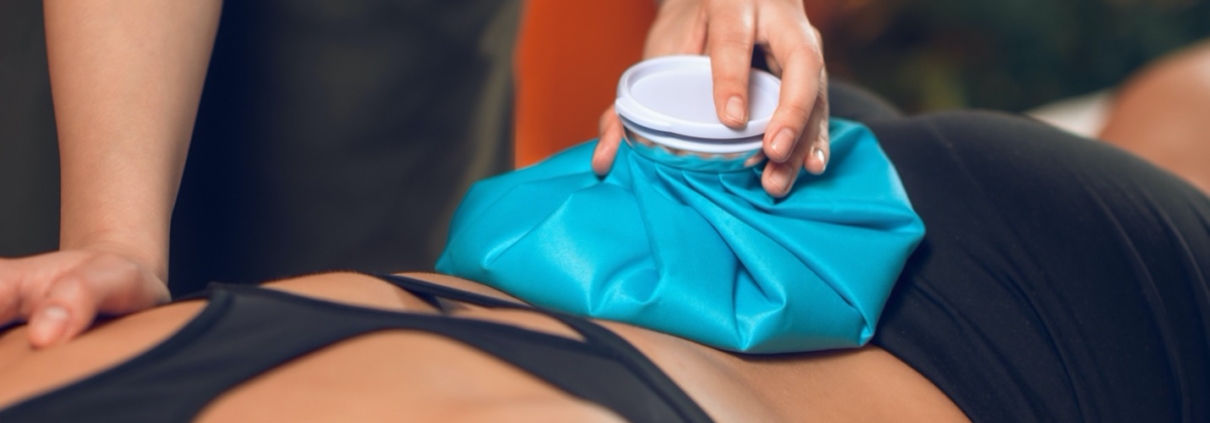Heat therapy or cold therapy: What’s best for pain management?
Pain Management
When in pain, most people tend to apply heat to the problem area rather than cold/ice compressions. Which is understandable – it feels more soothing. And who wants to add being cold and uncomfortable to an already painful situation?
“In my 25 years of practicing osteopathy, I’ve only ever encountered one patient treating their pain by applying ice,” Osteopath Robin Kiashek tells us.
But actually, a hit of cold/ice therapy might be a better solution.
What is cold/ice therapy?
Cold water therapy is the practice of using water that’s around 15 degrees to treat health conditions or stimulate health benefits. While ice therapy is the practice of using ice to do the exact same.
Despite the current buzz around this type of therapy – with the rise of the cold shower trend – this type of treatment has actually been used for thousands of years.
How does cold/ice therapy work?
Cold therapy, or in this case – ice therapy, is sometimes referred to as cold hydrotherapy or cryotherapy. And it has the power to reduce inflammation in our body.
So, when we are hurt or are in pain, whether it’s through stubbing our toe, spraining our ankle or something more serious – ice therapy slows blood flow to the area by causing vasodilation of blood capillaries. This expels blood from the surrounding area temporarily. Once the ice (wrapped in a wet tea towel) is removed after five minutes, fresh blood enters the injured area.
This in turn reduces inflammation and swelling that causes pain in the joint or tendon.
It is particularly effective for acute injuries and also if it is put into practice quickly after the injury occurs.
How does cold therapy compare to heat therapy?
Conversely, heat therapy causes blood vessels to dilate by arterial vasodilation which rushes blood flow to the area. It can feel very soothing.
And heat therapy can definitely help with flexibility issues, tight muscles and damaged tissues. But it’s not a good idea where there is swelling.
The power of cold therapy
Robin saw the power of cold therapy first-hand when his son underwent surgery after tearing his anterior cruciate ligament (ACL). As part of the recovery process, he was given a Game Ready machine that pumps iced water every 30 minutes, for 30 minutes, around the injured knee.
Robin says: “Rest, ice, compression and elevation (RICE) have long been used to treat acute injury and to help the recovery and rehabilitation process after surgery. It’s something I tell my patients when they come to me in pain.”
But cold/ice therapy can be used for other holistic and physical outcomes.
What are the benefits of cold/ice therapy?
We’ve spoken before about the benefits of cold/ice therapy. But according to the science, cold/ice therapy can:
- Give your immune system a boost. A range of studies have proven that doses of cold therapy could bolster your immune system over a period of weeks or months.
- Ease symptoms of depression. Research has shown that cold open water swimming could help those suffering with anxiety and depression.
- Help with muscle soreness. In a 2011 study, cyclists who were immersed in cold water for 10 minutes had decreased soreness. And a later 2016 study reported the same results.
However, before you plunge yourself in an outdoor lake or ice bath, it’s important to discuss any sudden cold-water immersions with your doctor. Just to make sure it’s safe for to do so.
Plus, you must never apply ice directly to the skin as it will burn and it should only be used under medical guidance.
If you’re in pain, don’t hesitate to get in touch with Robin.
Robin Kiashek treats patients suffering from all types of conditions. Including sporting injuries, musculoskeletal issues and headaches.





Leave a Reply
Want to join the discussion?Feel free to contribute!